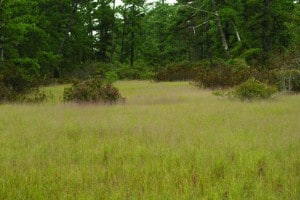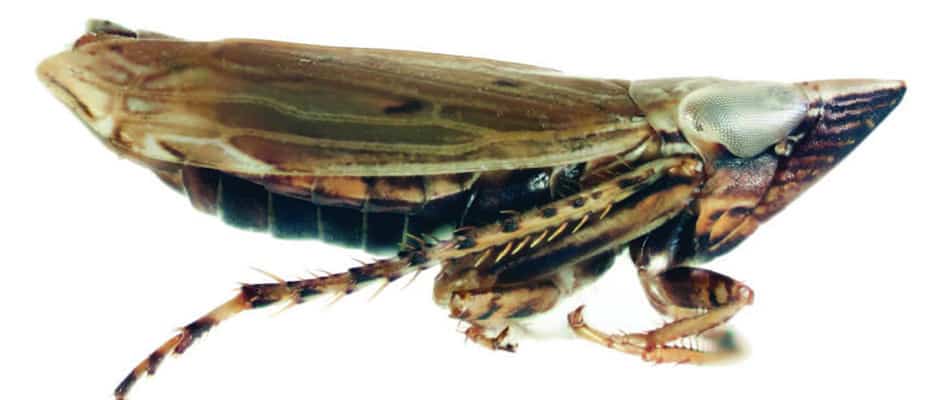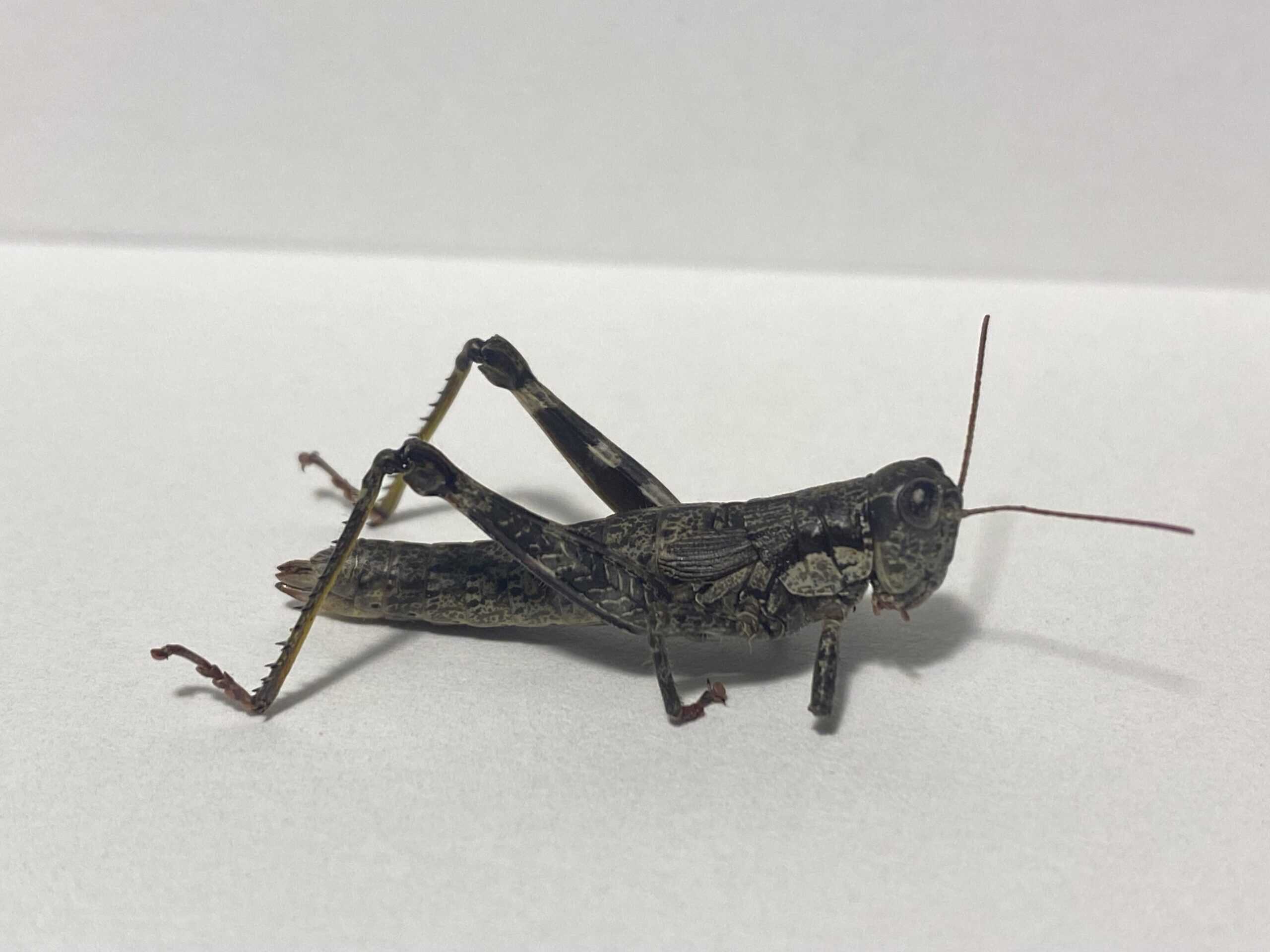Share this article
New Insect Species Discovered in New Jersey
A previously unknown insect species has hopped its way into the integrated taxonomic information system after scientists recently discovered it in the state-threatened pinebarren smokegrass (Muhlenbergia torreyana) in the New Jersey Pine Barrens.
This is the first time a new insect — a leafhopper species researchers named Flexamia whitcombi — has been reported in the area using the plant as its host. But its small population may already be threatened, according to the researchers who published their findings in the journal ZooKeys.

Pinebarren smokegrass is threatened in the state of New Jersey. Researchers found the newly discovered leafhopper species uses the plant as its host and habitat.
Image Credit: Uli Lorimer
“The leafhopper, assuming it only feeds on this particular grass, at the very most could only be as abundant as the grass is,” said Gerry Moore, the leader of the National Plant Data team for the United States Department of Agriculture and a co-author of the paper. Most leafhoppers from the genus Flexamia are dependent on one particular plant, according to the paper. The pinebarren smokegrass is about a foot tall and pale green in color. “It’s a rare species, but once you find it, you will find it in abundance,” Moore said.
The new leafhopper species was discovered by Andrew Hicks, a researcher with the Museum of Natural History at the University of Colorado, and his team, including Moore and Uli Lorimer, a curator at theBrooklyn Botanic Garden. When Hicks noticed the species of grass in New Jersey that he was unfamiliar with, he contacted Moore to help him find out if any known leafhoppers had been feeding on this particular grass species, but instead, the team found a brand new species of leafhopper.
Hicks and his team discovered 35 individuals belonging to this new leafhopper taxon on the threatened plant, which was a surprise to Hicks because leafhoppers are more commonly associated with prairie and desert grasses in more remote regions in the United States. Hicks and his team didn’t expect to discover the new insect species in the most “densely populated state” in the U.S.
And while pinebarren smokegrass is relatively well-distributed in the New Jersey Pine Barrens, the researchers say the area has already suffered from the effects of a warming climate. The changes, according to Hicks, are evident through the presence of the Southern Pine Beetle (Dendroctonus frontalis), a beetle species that infests and kills pine trees and that has persisted since winters in the Pine Barrens haven’t been cold enough to kill them off.
The new leafhopper, which is about four millimeters long with light brown coloring and a pointed head,is named after Hick’s mentor, colleague and friend, Robert Whitcomb, who contributed to understanding leafhopper taxonomy and ecology, according to Hicks.
Moore says ecology of this particular species is especially important to look at because of the host grass that it feeds on, which proves difficult to protect because of its fire-loving nature. “When people live close by, it’s harder to have those kinds of large fires,” he said. “Fire suppression over time limits the habitat for the species.”
Hicks and his team agree that more research needs to be done regarding the new leafhopper species and its habitat while the species is still present in the New Jersey Pine Barrens.
“The description of any new species may serve as a catalyst for additional research, and this will be best accomplished while the species still can be found in nature — something that can no longer be taken for granted,” the researchers said in their paper.
Header Image:
This male leafhopper belongs to the species named Flexmaniawhitcombi and is about four millimeters long and light brown or tan in color. Scientists recently discovered this new leafhopper species in the New Jersey Barren Pines.
Image Credit: Andrew Hicks








